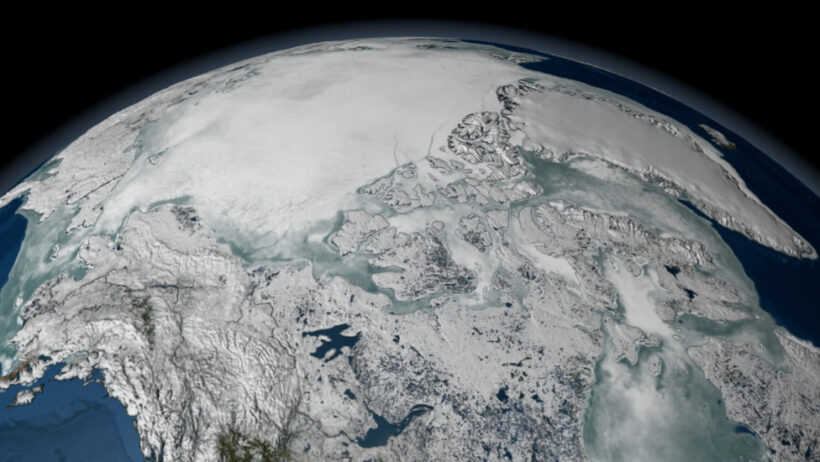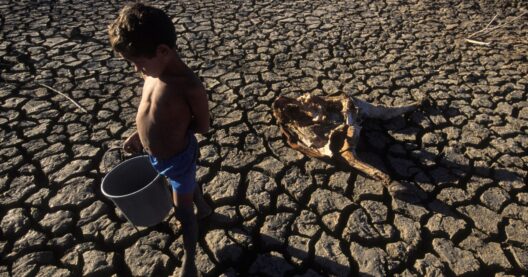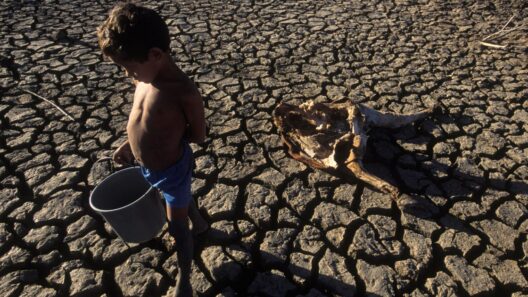The phenomenon of global warming is intricately linked to carbon dioxide (CO2), a gas that, though colorless and odorless, has become one of the most consequential agents in Earth’s atmospheric transformations. Understanding the science behind CO2 is paramount in grasping the nuances of climate change. This exploration delves into the various facets of CO2—from its sources and roles to mitigation strategies and the broader implications for environmental policy.
1. The Nature of Carbon Dioxide
Carbon dioxide is a naturally occurring greenhouse gas that plays a crucial role in maintaining Earth’s temperature. It is produced through various natural processes, including respiration by living organisms, volcanic eruptions, and the decomposition of organic matter. However, human activities, notably fossil fuel combustion, deforestation, and industrial processes, have significantly escalated CO2 emissions in the atmosphere, leading to an enhanced greenhouse effect.
2. The Greenhouse Effect
The greenhouse effect is a fundamental concept in climatology. Solar radiation strikes the Earth’s surface and is either absorbed or reflected back into space. Greenhouse gases, including CO2, trap some of this outgoing infrared radiation, preventing it from escaping. This natural process is essential for sustaining life, as it keeps Earth’s average temperature at a habitable level. Yet, the increasing concentration of CO2 disrupts this balance, leading to an unnaturally high thermal retention.
3. Tracking CO2 Levels
Monitoring CO2 levels is imperative for understanding climate change. Scientists utilize a variety of methods, including ground-based observatories like the Mauna Loa Observatory in Hawaii, satellite data, and remote sensing. These tools furnish robust datasets that illustrate the rising trend of atmospheric CO2, which has reached levels not seen in millions of years. The Keeling Curve, which graphically represents this rise, exemplifies the sharp increase since the late 1950s.
4. Sources of Carbon Dioxide
The sources of CO2 emissions can be categorized into natural and anthropogenic (human-caused) sources. Natural emissions occur through processes such as volcanic activity and respiration, but they are largely balanced by natural sinks like forests and oceans. In contrast, anthropogenic sources predominantly arise from:
- Fossil Fuels: The combustion of coal, oil, and natural gas for energy and transportation contributes the majority of CO2 emissions.
- Deforestation: Forests absorb CO2; their removal not only releases stored carbon but also diminishes the planet’s capacity for future absorption.
- Industrial Processes: Cement production and chemical manufacturing generate substantial emissions as a byproduct.
5. The Impact of Increased CO2
The ramifications of heightened CO2 levels are manifold. Chiefly, warmer temperatures result in altered weather patterns, including more frequent and severe storms, droughts, and heatwaves. Ocean acidification is another critical consequence, as increased CO2 dissolves in seawater, posing dire threats to marine ecosystems. Additionally, changes in precipitation patterns can disrupt agriculture, leading to food insecurity.
6. Climate Feedback Loops
Understanding climate feedback loops is essential to grasp the full impact of CO2 emissions. For instance, as temperatures rise, polar ice melts, which decreases the Earth’s albedo effect (its ability to reflect sunlight). This leads to additional warming, further accelerating ice melt. Another example includes the release of methane, another potent greenhouse gas, from thawing permafrost, enhancing the greenhouse effect even more. Such feedback loops highlight the urgency of mitigating CO2 emissions to prevent runaway climate change.
7. Mitigation Strategies
Addressing the challenge of rising CO2 emissions requires a multifaceted approach:
- Transition to Renewable Energy: Utilizing solar, wind, and hydroelectric power helps reduce reliance on fossil fuels and decrease overall emissions.
- Reforestation and Afforestation: Planting trees absorbs CO2 and restores ecosystems that serve as vital carbon sinks.
- Advancing Technology: Innovations such as carbon capture and storage (CCS) aim to capture CO2 emitted from power plants and industrial sources before it enters the atmosphere.
- Implementing Carbon Pricing: Economic tools such as carbon taxes and cap-and-trade systems incentivize businesses to reduce their carbon footprints.
8. Global Policies and Agreements
International consensus on mitigating climate change has become increasingly vital. Agreements like the Paris Accord underscore the global commitment to limiting temperature rise to well below 2 degrees Celsius. Countries are encouraged to submit nationally determined contributions (NDCs) that outline their plans to curb emissions. The effectiveness of these agreements hinges on adherence and the political will to prioritize environmental health over short-term economic gains.
9. The Role of Individuals
While large-scale policies are crucial, individual actions also contribute significantly to combating climate change. Simple lifestyle changes—such as reducing energy consumption, minimizing waste, using public transport, and supporting sustainable products—collectively build momentum towards lowering CO2 emissions. Education and advocacy are essential components in galvanizing communities to take collective action against climate change.
Conclusion
Decoding CO2 reveals a complex interplay of natural processes, human activities, and devastating consequences. As the understanding of carbon dioxide’s role in climate change deepens, it becomes evident that a collaborative effort is essential. This concerted approach must blend scientific innovation, robust policy frameworks, and individual commitment to forge a sustainable future. The urgency to act against the menace of increasing CO2 concentrations cannot be overstated, as the health of our planet hinges on the decisions made in the coming years.








